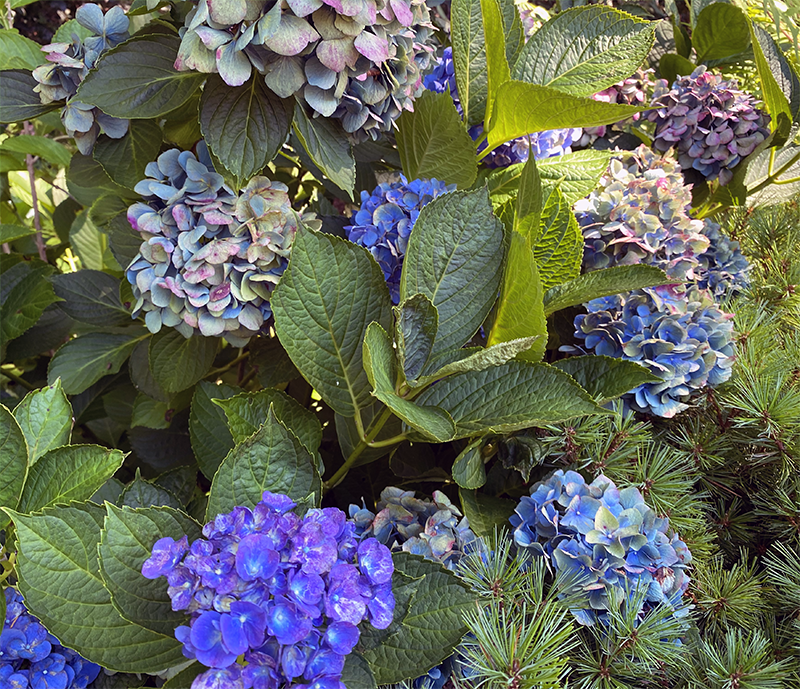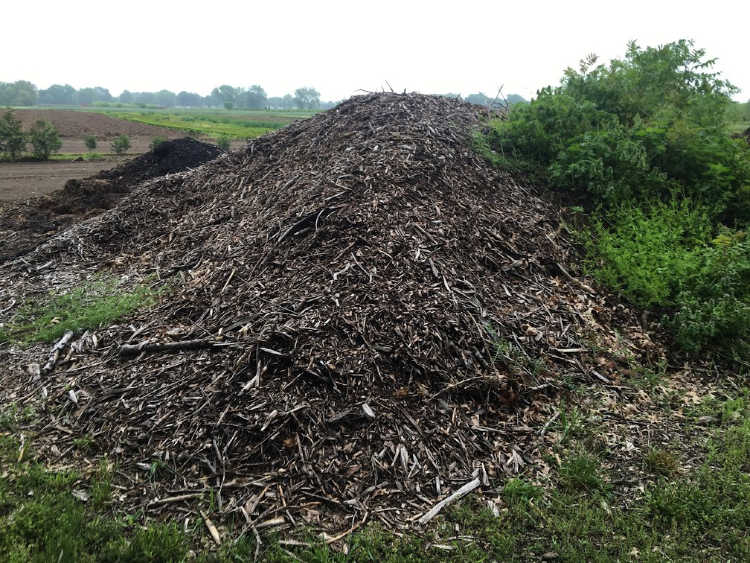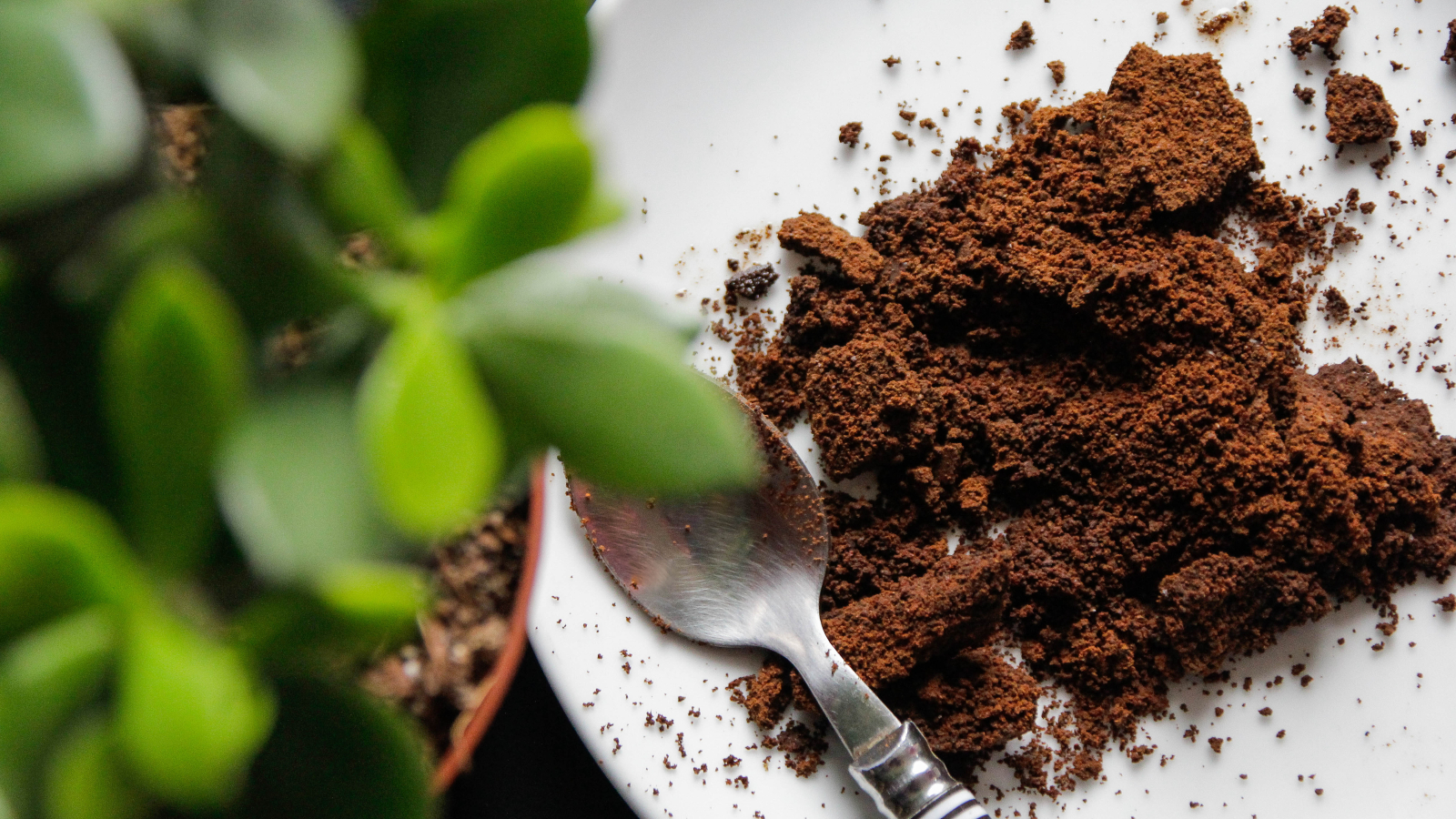Compost For Hydrangeas: The Ultimate Guide To Growing Beautiful Blooms
Introduction
Hydrangeas are beautiful flowering shrubs that can add a touch of elegance to any garden. But did you know that compost is one of the best things you can do for your hydrangeas? Compost helps to improve the soil structure, providing your hydrangeas with the nutrients they need to thrive. It also helps to retain moisture, which is important for hydrangeas, as they are thirsty plants.
In this blog post, we will discuss the benefits of using compost for hydrangeas, and how to use it correctly. We will also provide some tips on how to make your own compost.
Benefits of Using Compost for Hydrangeas
There are many benefits to using compost for hydrangeas. Here are just a few:
- Improved soil structure: Compost helps to break down clay soils, making them more airy and loamy. This allows water and nutrients to reach the roots of your hydrangeas more easily.
- Increased nutrient availability: Compost is a rich source of nutrients, including nitrogen, phosphorus, potassium, and calcium. These nutrients are essential for healthy hydrangea growth.
- Improved drainage: Compost helps to improve drainage in heavy soils. This prevents root rot and other problems.
- Moisture retention: Compost helps to retain moisture in the soil. This is important for hydrangeas, as they are thirsty plants.
- Suppresses weeds: Compost helps to suppress weeds by providing a healthy environment for beneficial soil microbes.
How to Use Compost for Hydrangeas
There are a few different ways to use compost for hydrangeas. Here are a few tips:
- Add compost to the soil when planting hydrangeas. This will give your hydrangeas a good start.
- Top-dress hydrangeas with compost in the spring. This will help to replenish the nutrients in the soil.
- Mulch hydrangeas with compost. This will help to retain moisture and suppress weeds.
Making Your Own Compost
If you don't have access to store-bought compost, you can make your own. Here are a few tips on how to make your own compost:
- Start with a pile of organic materials, such as vegetable scraps, yard waste, and dead leaves.
- Add water to the pile to keep it moist.
- Turn the pile regularly to aerate it.
- The compost will be ready to use in about 6 months to a year.
Conclusion
Compost is a valuable resource for hydrangea growers. It can help to improve the soil structure, increase nutrient availability, improve drainage, retain moisture, and suppress weeds. If you want to grow beautiful hydrangeas, be sure to use compost.
Visit Home Gardening for more information about compost for hydrangeas.
FAQ of compost for hydrangeas
Q: What type of compost is best for hydrangeas?
A: Hydrangeas prefer acidic soil, so ericaceous compost is the best option. This type of compost is made from materials that are naturally acidic, such as pine needles, bark, and leaves. If you can't find ericaceous compost, you can make your own by adding acidic ingredients to your compost pile.
Q: How does compost affect the color of hydrangea flowers?
A: The color of hydrangea flowers is affected by the pH of the soil. In acidic soil, hydrangeas will bloom blue. In alkaline soil, they will bloom pink. If you want to change the color of your hydrangea flowers, you can adjust the pH of the soil by adding compost or other amendments.
Q: How often should I fertilize my hydrangeas with compost?
A: You should fertilize your hydrangeas with compost once a year in the spring. Spread a 2-inch layer of compost around the base of the plant and water it in well.
Q: How can I make my own compost for hydrangeas?
A: To make your own compost for hydrangeas, you will need a compost bin or pile. You can fill the bin or pile with a variety of materials, including:
- Vegetable and fruit scraps
- Coffee grounds
- Tea bags
- Leaves
- Pine needles
- Bark
- Manure
The key is to have a balance of green and brown materials. Green materials are high in nitrogen, while brown materials are high in carbon. You should also keep the compost moist, but not soggy.
Q: What are some other benefits of using compost for hydrangeas?
Aside from affecting the color of the flowers, compost also has a number of other benefits for hydrangeas. It can help to improve the drainage of the soil, which can help to prevent root rot. It can also help to retain moisture in the soil, which is important for hydrangeas, which are thirsty plants. Compost can also help to improve the overall health of the plant, making it more resistant to pests and diseases.
Image of compost for hydrangeas
- Compost made from leaves. This is a good all-purpose compost for hydrangeas. It is rich in nutrients and helps to improve soil drainage.

- Compost made from manure. This compost is high in nitrogen, which is essential for hydrangeas. It is best to use manure that has been composted for at least 6 months.

- Compost made from kitchen scraps. This compost is a great way to recycle food scraps and give them back to your garden. It is also a good source of nitrogen and other nutrients.

- Compost made from wood chips. This compost is a good source of carbon, which helps to balance the nitrogen in other composts. It is also a good way to improve soil drainage.

- Compost made from pine needles. This compost is acidic, which is ideal for hydrangeas that prefer blue flowers. It is also a good source of nitrogen and other nutrients.

- Compost made from coffee grounds. Coffee grounds are a good source of nitrogen and other nutrients. They can also help to improve soil drainage.

- Compost made from eggshells. Eggshells are a good source of calcium, which is essential for hydrangeas. They can also help to improve soil drainage.

- Compost made from seaweed. Seaweed is a good source of nutrients and trace elements. It can also help to improve soil drainage and water retention.

- Compost made from worm castings. Worm castings are a very rich compost that is high in nutrients. They are also a good source of beneficial bacteria and fungi.

- Compost made from mushroom compost. Mushroom compost is a good source of nutrients and trace elements. It is also a good way to improve soil drainage and water retention.
Post a Comment for "Compost For Hydrangeas: The Ultimate Guide To Growing Beautiful Blooms"